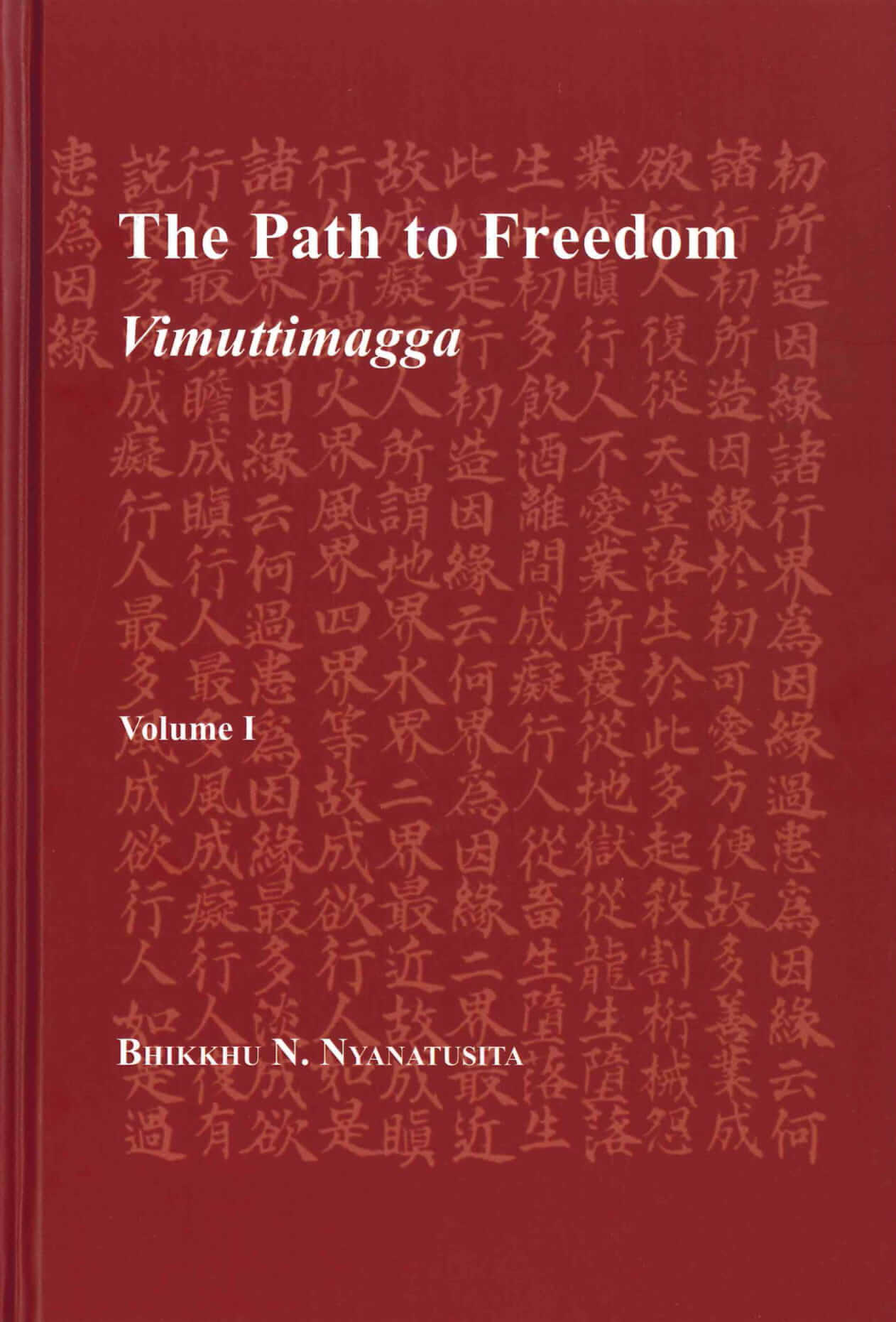Introduction to Pali
During the Summer of 2020, Stephen Sas, a longtime Pali student of Ven. Bhikkhu Bodhi conducted a series of 19 classes to lead students from the basic grammar to read simple Sutta in Pali.
A New Course in Reading Pali
This series of Pali Class was taught between January 2014 to August 2015. This is considered the level 2 study of Pali language. After working through Pali Primer, students can start to study “A New Course in Reading Pali” by James Gair & W.S. Karunatillake.
Reading the Buddha’s Discourses in Pali
At this level, we take short suttas from the Saṃyutta Nikāya and explain them word for word. The second part of each class takes verses from the Dhammapada and explains them line by line.

